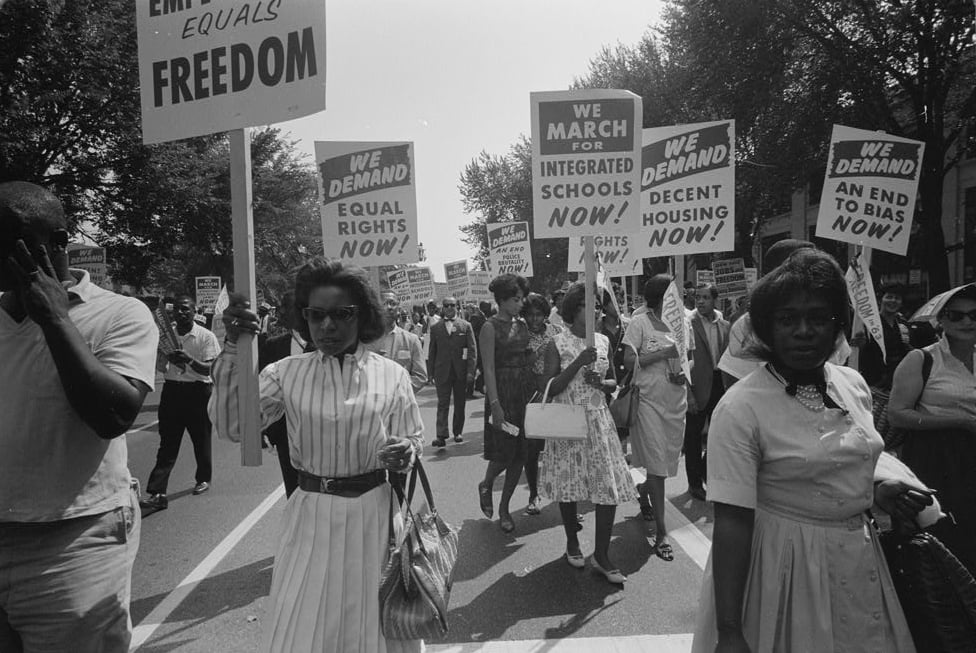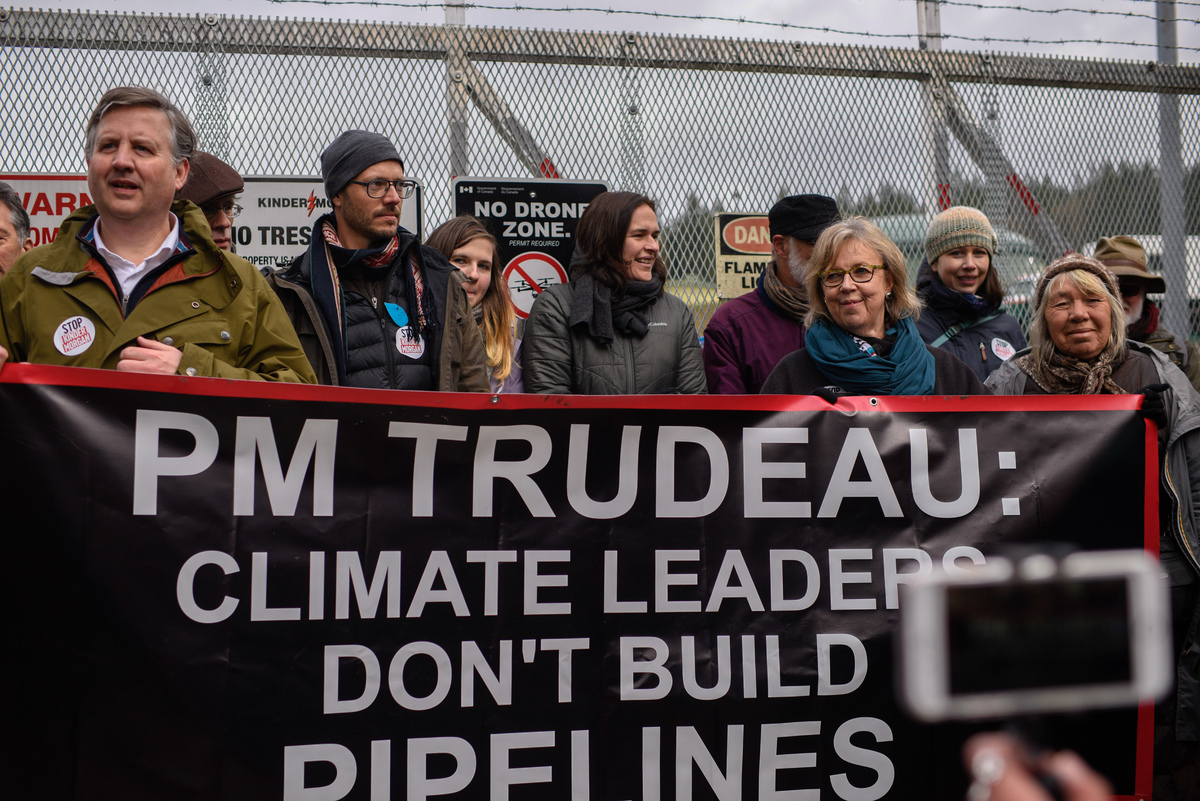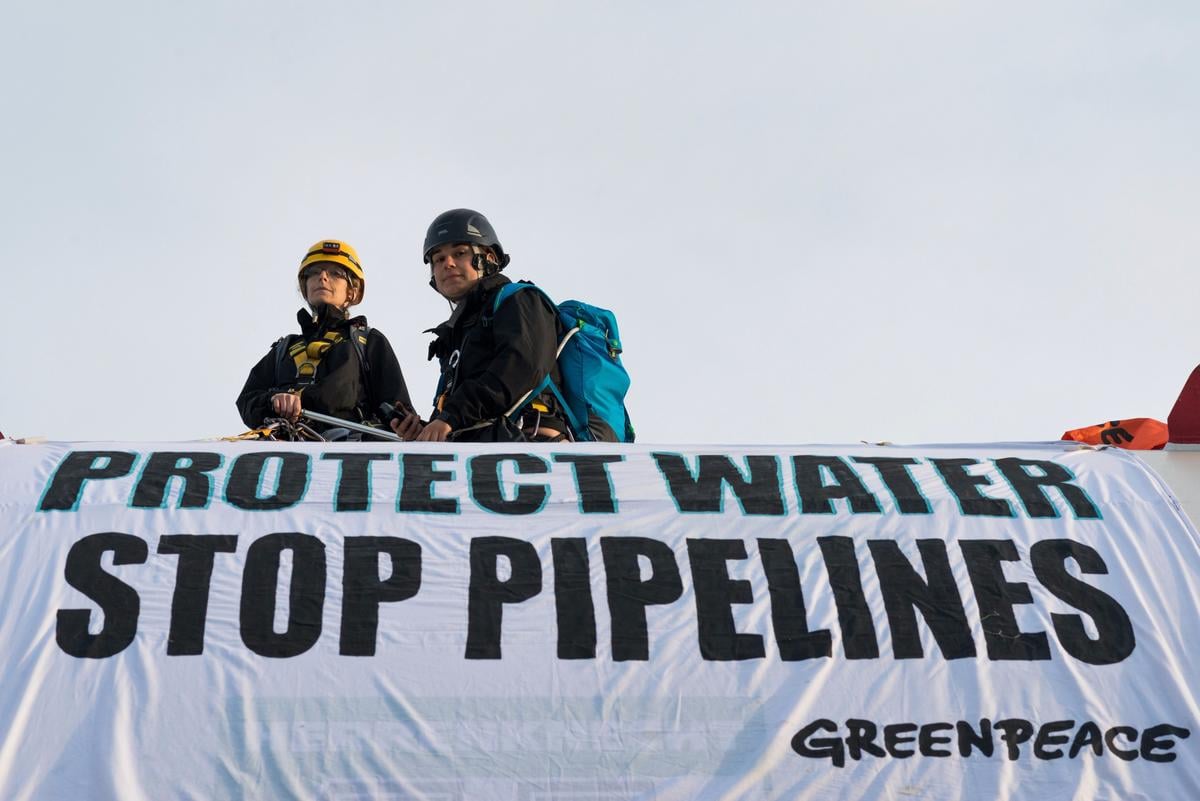For more than 50 years we have been using peaceful protest to bring about change. Non-violence is a core principle of Greenpeace and at the heart of all of our activities. Our non-violent direct actions have proved essential to the success of campaigns in exposing environmental crimes, confronting unjust activities and stopping environmental destruction.
Gandhi said ‘Non-violence is the greatest force at the disposal of mankind. It is mightier than the mightiest weapon of destruction devised by the ingenuity of [humanity].’
This was demonstrated when he led a march of tens of thousands of people to defy British rule in the Indian subcontinent. Gandhi became a leader of the movement for independence and, although it took 17 years, the region threw off the chains of British rule.
But Gandhi is by no means alone. Throughout history, acts of nonviolent resistance have led society to redefine what is acceptable. The movements for women’s and civil rights and against slavery, colonialism and racial discrimination all continue to use various forms of nonviolent resistance.

Civil rights march on Washington, D.C. schools
Courageous, inspiring people have engaged in peaceful protest, at risk of repercussions, to stand for their cause. It remains effective in shining a light on injustice, in raising awareness and in mobilising others to speak up with a collective voice.
These actions are not something that we embark upon recklessly and so when planning a Greenpeace campaign action, we ensure that a number of key criteria are fulfilled.
We believe that non-violence direct action is required when all other avenues, such as dialogue or legal action, have been investigated and exhausted, or are clearly not viable.
We also believe that our actions have be proportionate, and only in response to an important problem, threat or injustice.
Safety is paramount. While some volunteers take certain calculated risks to put their views across, the safety of bystanders or those subject to the action is not compromised. Any risks are identified in advance, so they can be best mitigated.
While there may be secrecy around the preparation of our actions, the delivery of them is not covert – anyone taking part is open about their identity, motive and nature of their acts.

Dozens of Kinder Morgan opponents outside Kinder Morgan’s terminal gate in Burnaby, British-Columbia.
Non-compliance with the law is not the objective, but often an unavoidable consequence. Those taking part in non-violent direct actions show their respect for the rule of law by taking full responsibility for their actions. We can only take action because ordinary individuals make a personal choice to help expose an environmental crime or stop environmental destruction and are willing to accept the consequences of their actions.
One of our actions took place in Delta BC, where two inspirational women, Mary Lovell and Laura Yates, scaled a monster drill that is going to be used in the Kinder Morgan oil pipeline expansion. Their act of courage drew invaluable public and media attention, and raised awareness of the drill, the project and the huge environmental and social risks around the expansion.

Two women climbed the Tunnel Boring Machine (TBM), occupied one of the most important pieces of equipment Kinder Morgan needs to build its new tar sands pipeline. From atop what they’ve dubbed the “monster drill,” they dropped a banner reading “Protect Water, Stop Pipelines” and waved a giant flag reading “Here’s the Drill: Stop KM.”
They are calling on people across the region to stop it from fulfilling its destructive purpose: boring a path through sacred Indigenous lands on Burnaby Mountain, British Columbia.
Since a ship full of Canadian activists set off to stop nuclear tests in the 1970s, Greenpeace hasn’t stopped believing in the power of peaceful direct action. By using collective power and in taking non-violent action we can change circumstances, challenge injustice and have our voices heard. Join our movement: click for more information on how you can get involved in volunteering with us in Canada.










